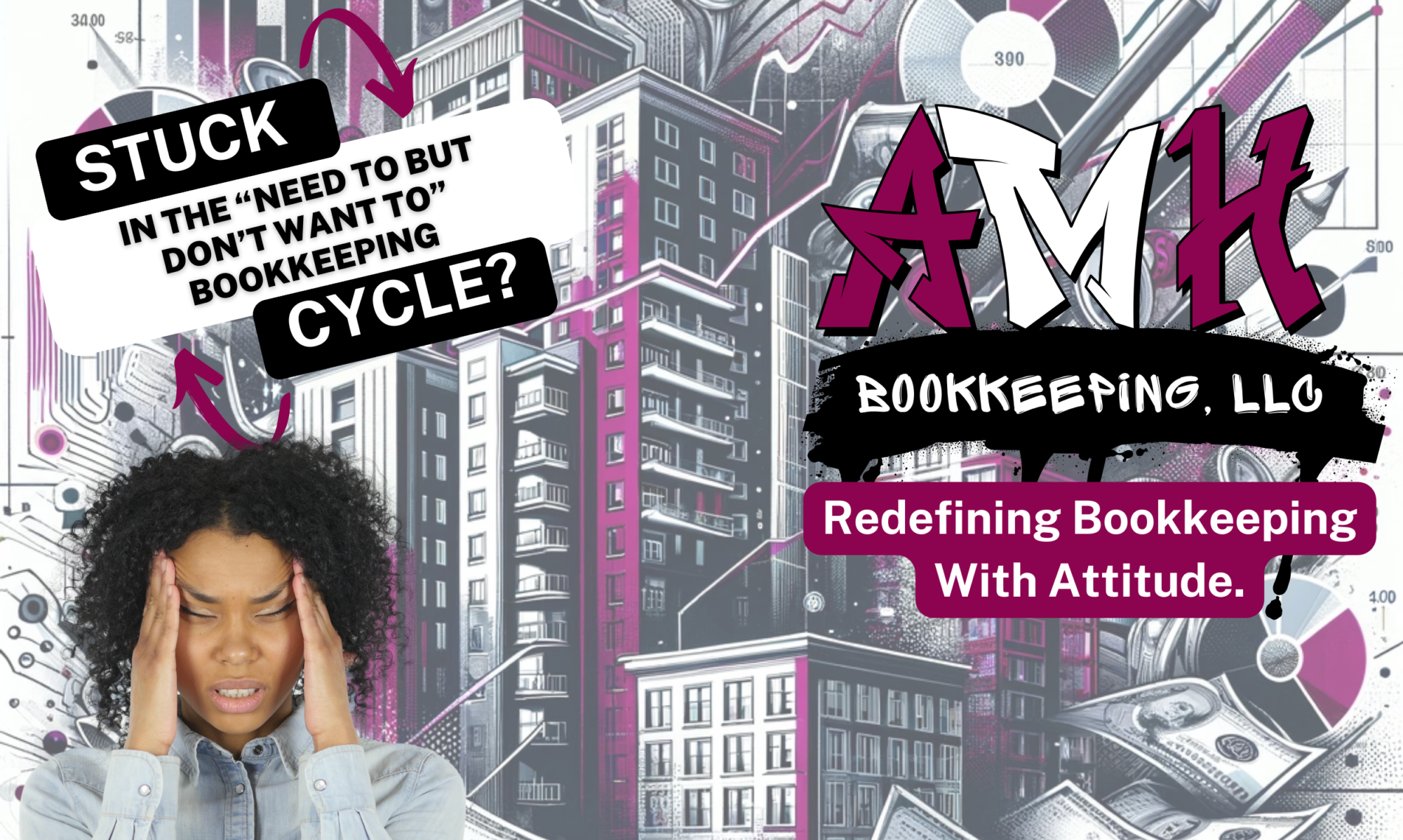Let me start with an apology. I am sorry I didn't post last week.
I want to jump right into it because with all the talk about COVID-19 and employers moving to a virtual working environment, this post is NECESSARY.
By now employees are being clocked via badges issued so that when they scan it to enter the building, they are officially "on the clock". With the move to remote offices and virtual working environments, this is not happening. I DO have a solution.
Tsheets by Intuit is your time tracking solution both remotely and in-house. It handles it all! With its geo-location tagging, you, business owner or HR Director, can see where an employee is when they clock on.
From the admin screen you can get a quick glimpse of who is currently working, who is on break, track their paid and unpaid leave hours, approve shift changes and time off requests.
Employees can clock in from their phones via the smartphone app, the website, or using a tablet set up as a kiosk. This is great for in house because that kiosk can be set to snap a photo at clock in so there will be no more clocking in for friends who are late!
Employees can choose from a list of their job duties what they were working on and give a summary in the notes section. I use Tsheets as I work on my clients and I send those reports directly to them so they know exactly what their money is getting them in terms of service AND value.
Tsheets by Intuit is this bookkeeper's COVID-19 approved time tracking software.
Sign up with me and receive great discounts.
Schedule a call now. Let's talk!








